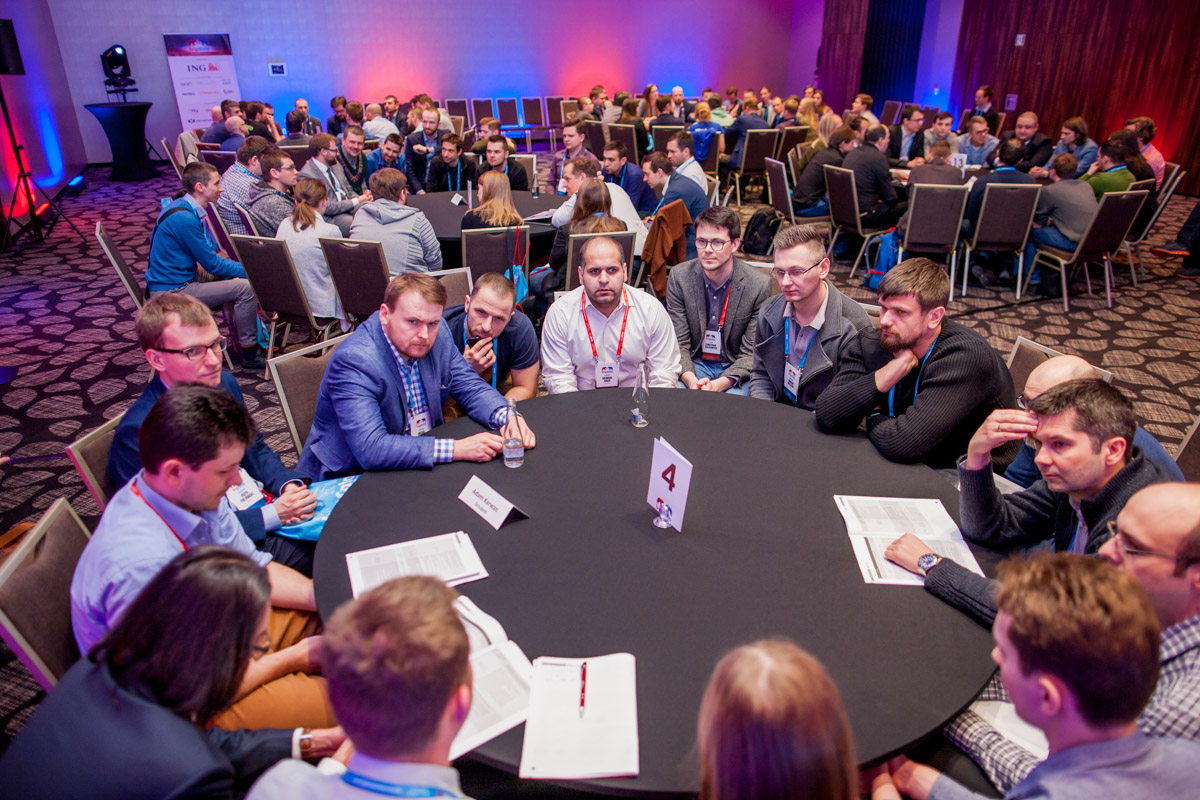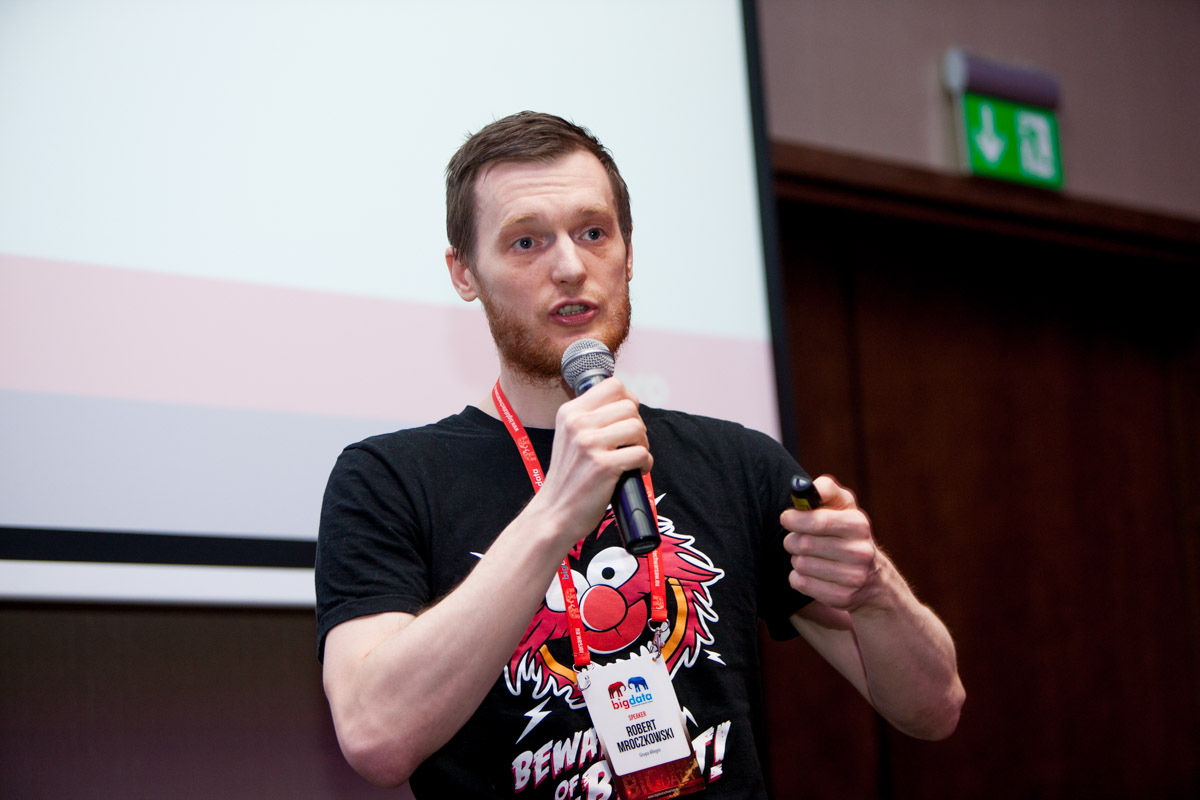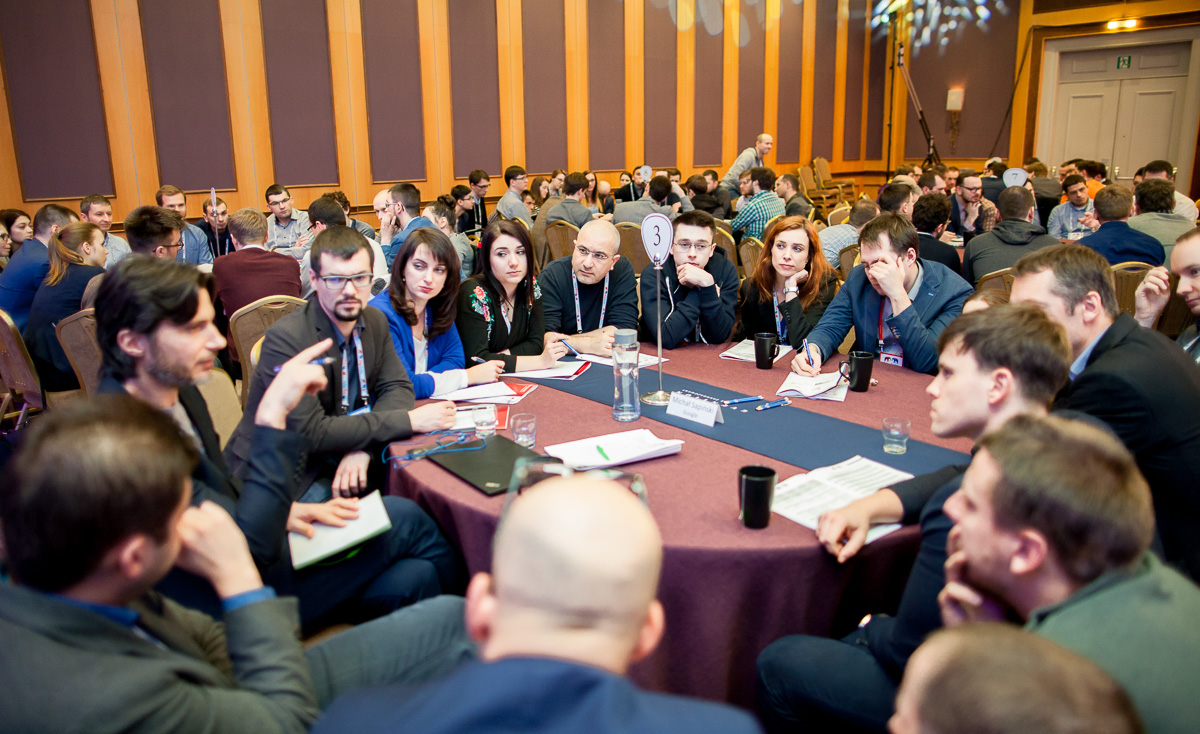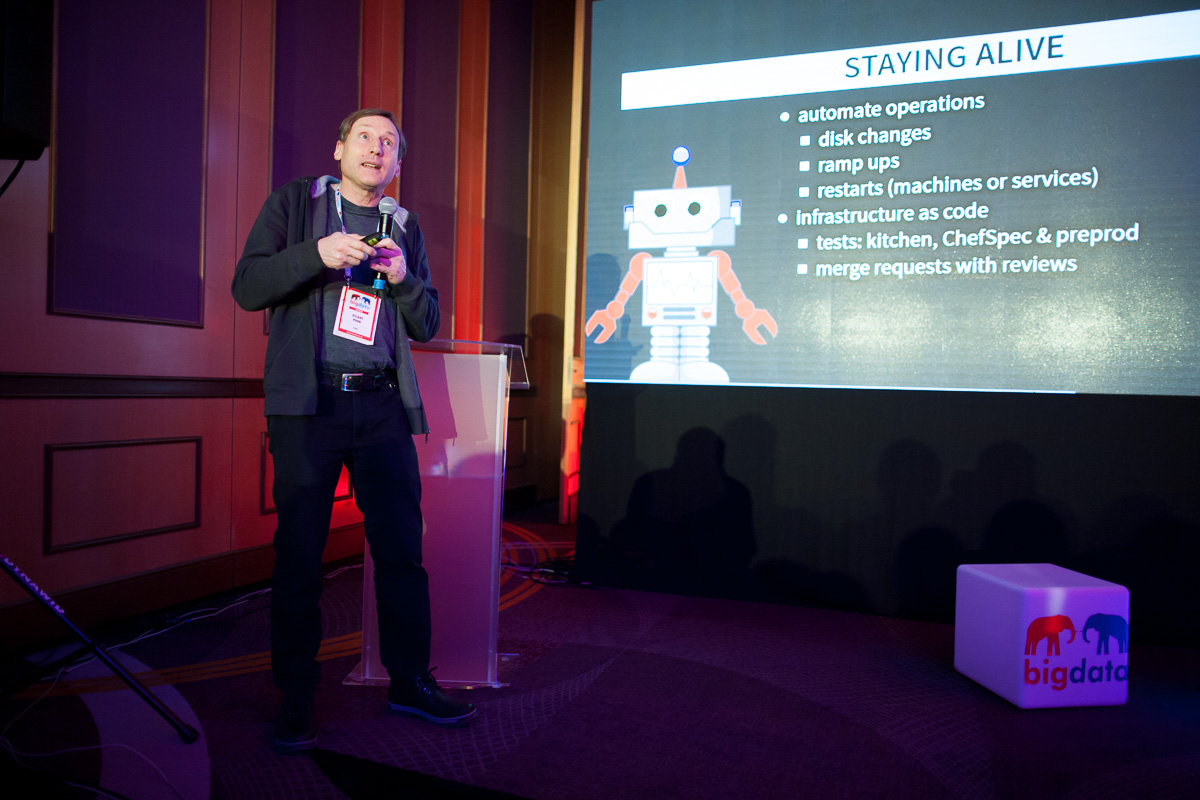Dear Speaker
Thank you very much for your engagement and contribution to the conference programme of Big Data Technology Warsaw Summit 2019
We very much wish to make our collaboration successful, so please take a moment to review the speaker rules and guidelines presented below.
Roundtable discussions are a conference component that engages all participants. The sessions have a number of purposes. Firstly, to enable a direct exchange of opinions and experiences on a specific topic that a certain number of participants find interesting. Secondly, to enable the participants to meet and talk with the session leaders, that is people with extensive knowledge and experience. And thirdly, the session provides the opportunity to meet and build relations with the participants of individual discussions, i.e. people actually interested in a given topic.
Benefits of introducing roundtable sessions:
- Ability to ensure greater topic diversity, which translates into very detailed topics.
- Ability to directly reach only those participants who are interested in a given topic.
- Participant engagement – they are no longer passive listeners, they take active part in the session.
- Free format, which facilitates interaction, sharing experiences, and building relations.
- For a roundtable session run by a speaker who has a presentation earlier, the ability to hold an in-depth Q&A session for interested listeners.
- Participants have a sense of working on something together (conclusions, recommendations from roundtables – if we announce it earlier).
You are the leader/moderator of one of such discussions. Please find below several general comments based on Evention’s experiences and practices from various conferences as part of which roundtable sessions were organized.
General comments
- The roundtable session is held February 27th, in the afternoon.
- All discussions as part of a given session run in parallel in a single room, i.e. the main conference room.
- Duration of one round is 40 minutes; two discussion rounds are planned, i.e. each participant may take part in 2 discussions at most.
- For each table, the optimum number of participants is 6-12 people (it is important that all of them have a seat!).
- We do not use any sound system at the tables.
- If needed and justified, you can make a short presentation. However, we think it is better to present a printed material or a slide as an illustration. Note that it is not a presentation session, so be careful when it comes to anything which looks as a presentation!
- The host is the discussion moderator and topic leader, not a lecturer. The discussion is first and foremost about interacting with other participants.
- It is important to get the participants involved, stimulate knowledge sharing, and clarify doubts.
- Time discipline is crucial (there will be a clock on the main screen). Do not exceed the time envisaged for the discussion. It is important to end the discussion at the host’s signal!
- Consistent table labeling will be introduced (e.g., table 1 is “Topic no. 1”). The main screen will display a map of the room, with indication of which table discusses a given topic – so that participants have as clear information as possible.
- It is a good idea to specify the topic at a given table in the form of a title and a list of questions which will be the starting point of the discussion. This will also show that there are some doubts and issues here which are worth discussing.
- A survey will be conducted among registered participants to learn their topic preferences as compared to the proposed roundtable discussion topics. This will allow, first of all, for drawing up a list of persons interested in a given topic, and, second of all, determining whether a given topic is worth dividing into two rounds (we repeat the same discussion for another group of participants), discussing it as part of a single round, or giving it up altogether.
Tips for the moderator concerning running roundtable discussions
- Every table gives the opportunity to build a 40-minute community. The aim is to make the participants feel comfortable and enjoy being together. This is the task for the moderator of a given table.
- At the beginning, there is only the moderator/host at the table. It is essential that you sit there already during the break, as the first one, so that the table is not without the host. Informal talks are at a later time! (At least if your roundtable is in the first round.)
- When somebody comes and wants to sit down, it is worth confirming that this is the table they have been looking for (people are often confused).
- At the table there will be a sheet with a list of participants. Please ensure that participants sign it.
- For the sake of the discussion, a good practice is to define the aim (what conclusions should the roundtable lead to), i.e. where needed, possible and justified – steer the discussion in the right direction.
- Apart from a discussion objective, it is good to have a plan of what questions/issues are to lead to a conclusion. However, it is said that “planning is everything, a plan is nothing”, so be flexible and try to reconcile the objective with the participants’ actual interests. It is good to have own narrative ready in case of poor involvement of the participants. Usually, though, it turns out that participants themselves bring content to the discussion, you just need to extract it from them.
- A good practice is to ask participants to introduce themselves at the beginning, so that it is fairly clear who represents which industry and what positions they hold. In addition, the moderator can also ask a given person what is their most important topic/issue to discuss at a roundtable, and why they chose it (from among other options). This will allow for assessing their actual priorities on an ongoing basis.
- It is also worth to ask the participants to state if they have any experience on the topic that they could share with the participants (of course, the moderator will then be able to ask the person to share the experience, if allowed by the context of the discussion).
- Also, you can tell in advance that we are to prepare a list – of principles, recommendations, priorities, myths, etc. (depending on the topic, of course), which will get participants involved.
- If time allows (which can be a problem), it is a good idea to ask the participants at the end of the discussion to briefly say what was the most important thing they remembered/heard, and the most important conclusion (a little retrospective).
- The question of time is, of course, important. You need to be aware that during a heated discussion, time flies. Usually, the discussion will allow for completing only a part of the plan, but with this format, in order to be successful, it is essential that all tables finish the discussion more or less at the same time. We will be grateful for paying attention to this. To this end, 3 minutes before the end of a given round, we will notify you that time is running out!
If you have any doubts or questions, feel free to contact me:
Renata Grabowiec
M: + 48 570 611 911
Email: [email protected]




